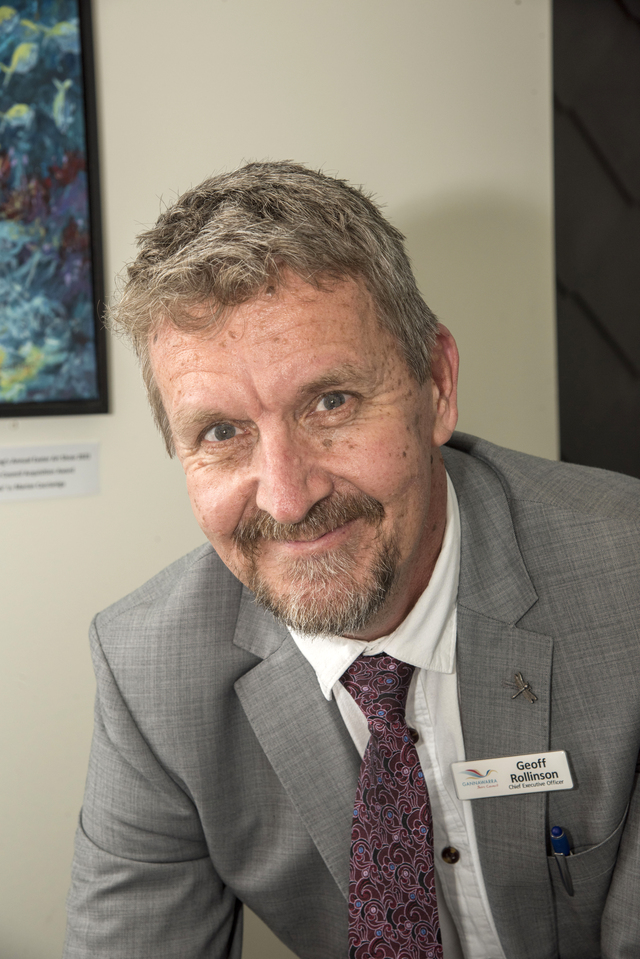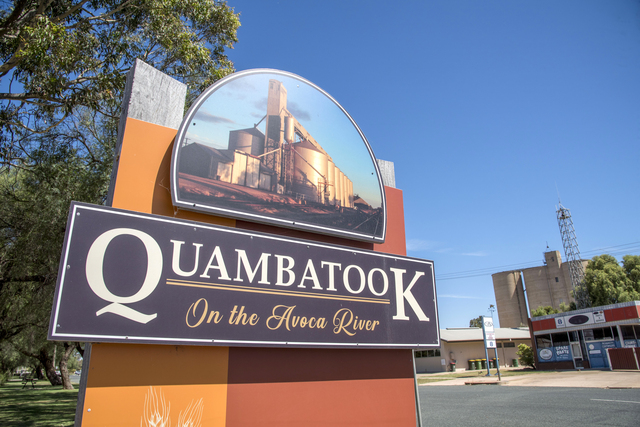Increased federal funding could address the shortage of housing in the Mallee.
Mallee Accommodation and Support Program acting chief executive Charmaine Calis hopes that the doubled National Housing and Homelessness Agreement, which includes an additional $400 million per year federally, will result in funding opportunities to enable the organisation to build more affordable housing.
“We would like to see hundreds of new social houses across the Mallee,” she said.
“That will obviously take some time to work through and there’s other providers other than MASP that are looking at social housing across the Mallee area, so we’d really like to work together and be collaborative and make sure that we get as much of the funding as possible into our region.”
State and Territory Governments are required to match federal contributions made through the $9.3 billion agreement, of which Victoria will receive a $2.36 billion share.
Affordable housing is currently at a critical level in the Mallee with people struggling to enter the rental market, which Ms Calis attributed to a very low vacancy rate of about 0.5 per cent and the exit of landlords due to cost of living pressures and new minimum standards for landlords.
“This is then putting increased pressure on people being able to get rentals, especially at that lower end of the market, which is what we’re seeing as lots of properties are going up for sale on realestate.com at the moment.
“It’s going to increase and add to that problem and add to that vacancy rate as people are trying to get into rentals,” she said.
MASP is currently building one, three and four-bedroom properties to meet the range of needs of the community, and they will continue to look at all different types of housing to provide a variety.
“We really see there’s a need for different types of housing – not everybody wants a big house with a big yard, it becomes hard to maintain that sort of thing, to pay bills, to heat and cool big houses, and all of this sort of stuff.
“So we need to see a mix of dwelling types, units, townhouses, apartment living – we’re starting to see that a bit across Mildura at the moment as well,” Ms Calis said.
Housing supply is a step in their program for self-sustainability of their clients, which also includes providing people experiencing housing insecurity with the tools to get and maintain a rental property.
“A lot of the clients that we work with need support in terms of what does a good tenancy look like, and how do they sustain that, which will then allow them to become more independent,” she said.
“That can be simple things like budgeting, how to be a good neighbour and how to keep your property clean and appropriate for inspections.
“Working toward those sorts of goals with people will then allow them to be much more self-sufficient in their tenancy moving forward.”







